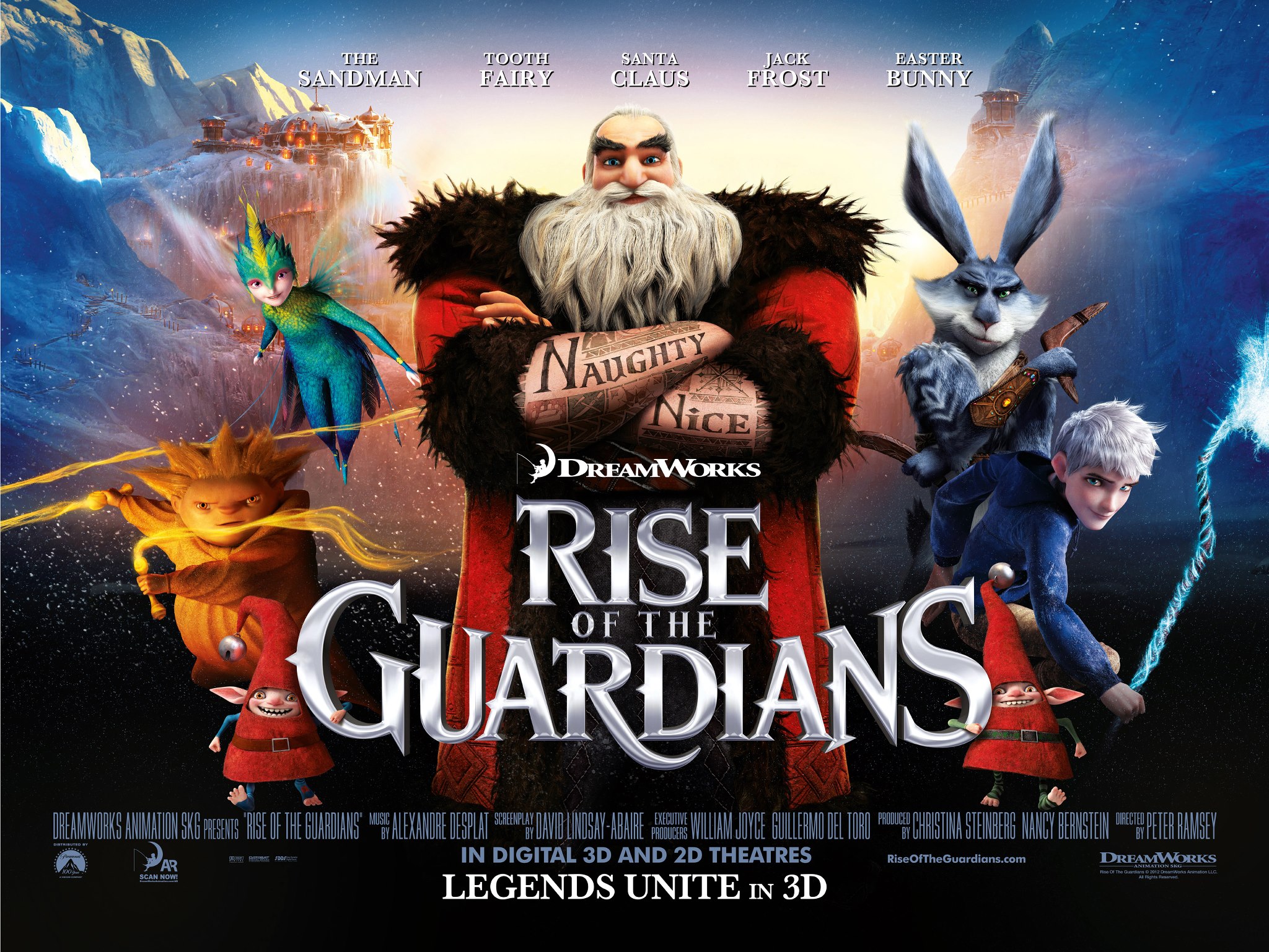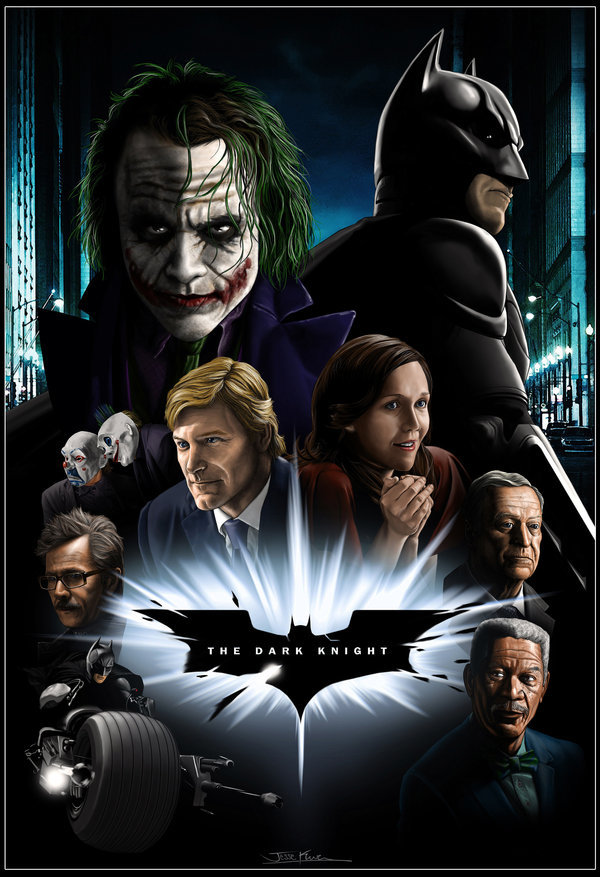(In which it pays to find your center.)
***
I have always been very fond of animated movies, a penchant that wouldn't go unnoticed to some serious grownups. I don't know. It could be due to the uncontrollable kid in me or just the sheer fun of seeing cinematic things that are best left to Pixar and DreamWorks characters because they'll look awkward when done by humans. Take, for example, some incredulous anime-turned-live-action series.
The latest of my animated film experience is Rise of the Guardians, a concoction of some of the biggest names in children's myths, namely Santa Claus (Alec Baldwin), the Easter Bunny (Hugh Jackman), Tooth Fairy (Isla Fisher), Sandman and Jack Frost (Chris Pine). Add to that the omniscient Man in Moon, and you've got The Guardians, DC’s Justice League and Marvel's The Avengers fantasy equivalent. But unlike their classic superhero counterparts, the Guardians only cater to kids. Besides, people outgrow Santa faster than they outgrow the Dark Knight.
So it is for the believers that the Guardians exist. There were originally four of them. But when Pitch Black the Boogeyman (Jude Law) threatens to fill children with fear and disbelief in the Guardians, Man in Moon has to choose another protector, Jack Frost. There were some problems, however. Jack doesn't want to be a Guardian, the children do not know him, and therefore do not believe and he doesn't know who he is and how he came to be. And for him to answer all his questions, Jack has to work with the Guardians to defeat the Boogeyman and retrieve the children's precious memories which he stole - along with Jack's.
It may sound like a predictable plot, and it is, unfortunately. Even after the epiphany kicks in, the effects are somewhat delayed. And the Christmas theme is somewhat lacking, the only obvious signs of which are snowflakes and Santa Claus. And just when I thought the main issue it will solve is “Do you believe in Santa Claus? You better do!”, there goes the likes of “Who on earth is Jack Frost?” and “Do you believe in Santa Claus? If you do, then you have to believe in all of them!” Apparently, it’s hard to focus.
But if there was one remarkable thing that stood out in the movie apart from Santa’s thick accent, or Jack Frost being very handsome, or Tooth Fairy’s obvious attraction to Jack, or Sandman’s incomprehensible reappearance, it’s the film’s bold negation to the widely accepted grownup saying “to see is to believe”. In the film, only the believers see the Guardians, hence the negation. Its reliance on children’s innocence is so refreshing you’ll be tempted to believe in the unbelievable again.
Rise of the Guardians is DreamWorks Animation’s attempt to take down the hot conclusion of the Twilight saga. Quite ambitious, yes. But whether Jack Frost can overpower Edward Cullen or not, I know you’ll watch this animated movie. How do I know? If I may borrow Jack Frost’s opening and closing lines, because the moon told me so.
Photo source:




.jpg)



















